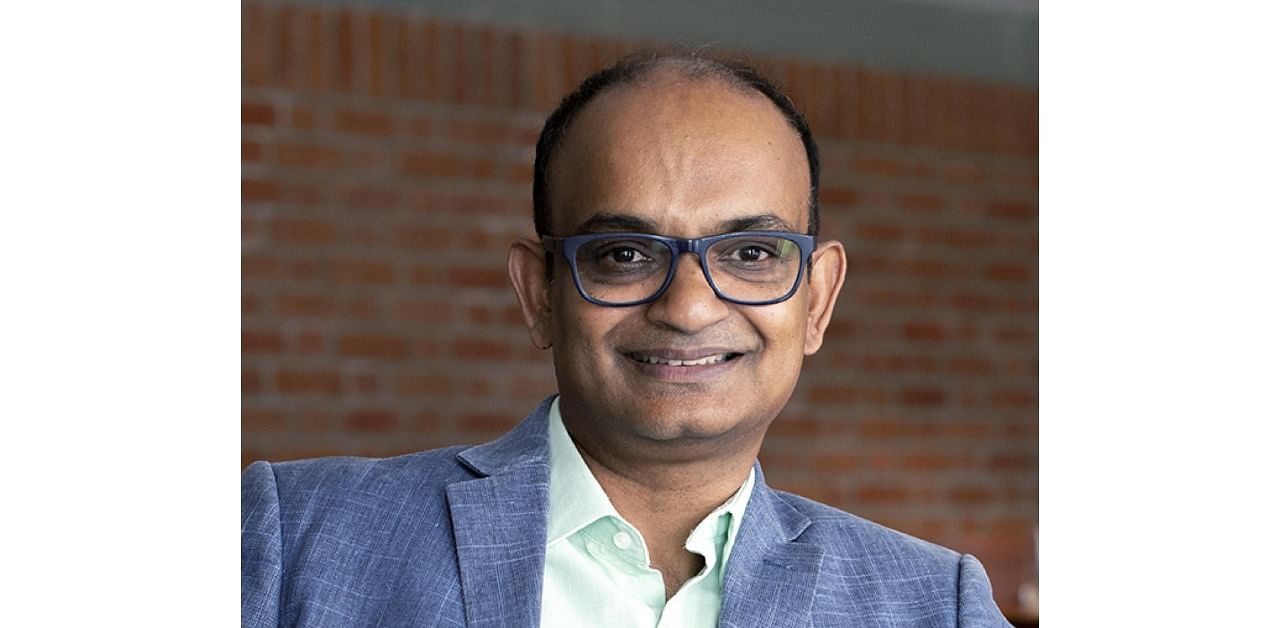
The 7th Century BCE Assyrian conqueror Ashurbanipal considered his greatest accomplishment to be the Royal Library he built in Nineveh. The Royal Library, discovered in the 1850s, contained over 30,000 clay tablets. There were potentially a significant number of other works on perishable materials which were destroyed in attacks by rival kingdoms after Ashurbanipal’s death. The clay tablets were, ironically, baked in the fire set by the attackers and preserved for posterity.
Ashurbanipal’s library is considered to be the world’s first organised library. The Epic of Gilgamesh, among other works, was part of the eclectic library collection. Ashurbanipal was a merciless warrior and fighter first, but his most prized war loot were the literary documents obtained from the conquered and later stored, copied, or transcribed for the Royal Library. His motivation could have been selfish – to gain knowledge to propagate his rule and his kingdom. Notwithstanding that, the library was a treasure trove, preserving the culture of its time for future generations.
Growing up in Bengaluru, I have benefitted from membership in the city’s public libraries, with access to several of them across the city. My early readings of the Upanishads and other lesser-known philosophical works from India and across the world were at the City Central Library of Indiranagar. I have read obscure works, like the writings of Lobzang Rampa, only because of their visible access on the library’s bookshelves. While I had passed by it many times, it was only recently that I visited the beautiful State Central Library at Cubbon Park – the Seshadri Iyer Memorial Hall.
Private libraries, on the other hand, were a great source for comics, mysteries, thrillers, and the like. I can never forget my pre-teen-year summers in Hyderabad -- blistering hot, but there were always Hardy Boys or Nancy Drew stories, and in later years, Perry Mason or P G Wodehouse books that were available at the heavily stocked Khan Library in Narayanaguda. Having grown up in a house of books -- my mom loved libraries, and briefly ran one in our garage in Indiranagar -- I can still spend hours in a bookstore, wandering around in the world of words.
Libraries are also intended to compile and distribute information and knowledge beyond culture. In Bengaluru, the JRD Tata Memorial Library is known for its scientific and technical collection. I also admired the grand vision of the library at Infosys’ Mysuru campus. Knowledge houses of the future are already hybrid – a collection of physical copies pertinent to its locality and access, and digital access to all the knowledge of the world. Knowledge is today available in documents, audios, videos, blogs and social media posts, with a diversity of voices and a collection of thinking over time. With its technical capabilities, India can create the world’s best hybrid libraries.
Beyond curation, the great libraries of Ashurbanipal, Alexandria and Nalanda have been seats of knowledge creation. India also can and needs to contribute more to knowledge creation today. The first step to be able to contribute to knowledge creating is documenting what we already have and know. India, however, has been a culture of remembering and not of documenting. In my own work with Indian industry, I have seen a significant dependence on tribal knowledge that is not documented, or at least not in sufficient detail.
Documentation is not about getting the first hundred parts right but is to ensure that the millionth part is also produced to tight specifications. Documentation should be such that a shopfloor worker a decade later would be able to precisely duplicate the process with nothing other than the document in hand. Similarly, in research, documenting allows you to collaborate with others (and even with yourself at a later point in time!). In cultural documentation, we should celebrate India in all its diversity without censure.
Ashurbanipal proclaimed, “I, Ashurbanipal…understood the wisdom of Nabu (god of learning). All the art of writing of every kind, I made myself the master of them all. I read the cuneiform tablets of Sumer and the dark Akkadian language, which is difficult to rightly use; I took pleasure in reading stones inscribed before the flood. The best of the scribal art, such works as none of the kings who went before me had ever learnt, remedies from the top of the head to the toenails, non-canonical selections, clever teachings, whatever pertains to the medical mastery of (the gods) Ninurta and Gala, I wrote on tablets, checked, and collated, and deposited within my palace for perusing and reading.”
There’s not a word to change in Ashurbanipal’s proclamation to describe the passion with which one should go about building knowledge houses of the future!